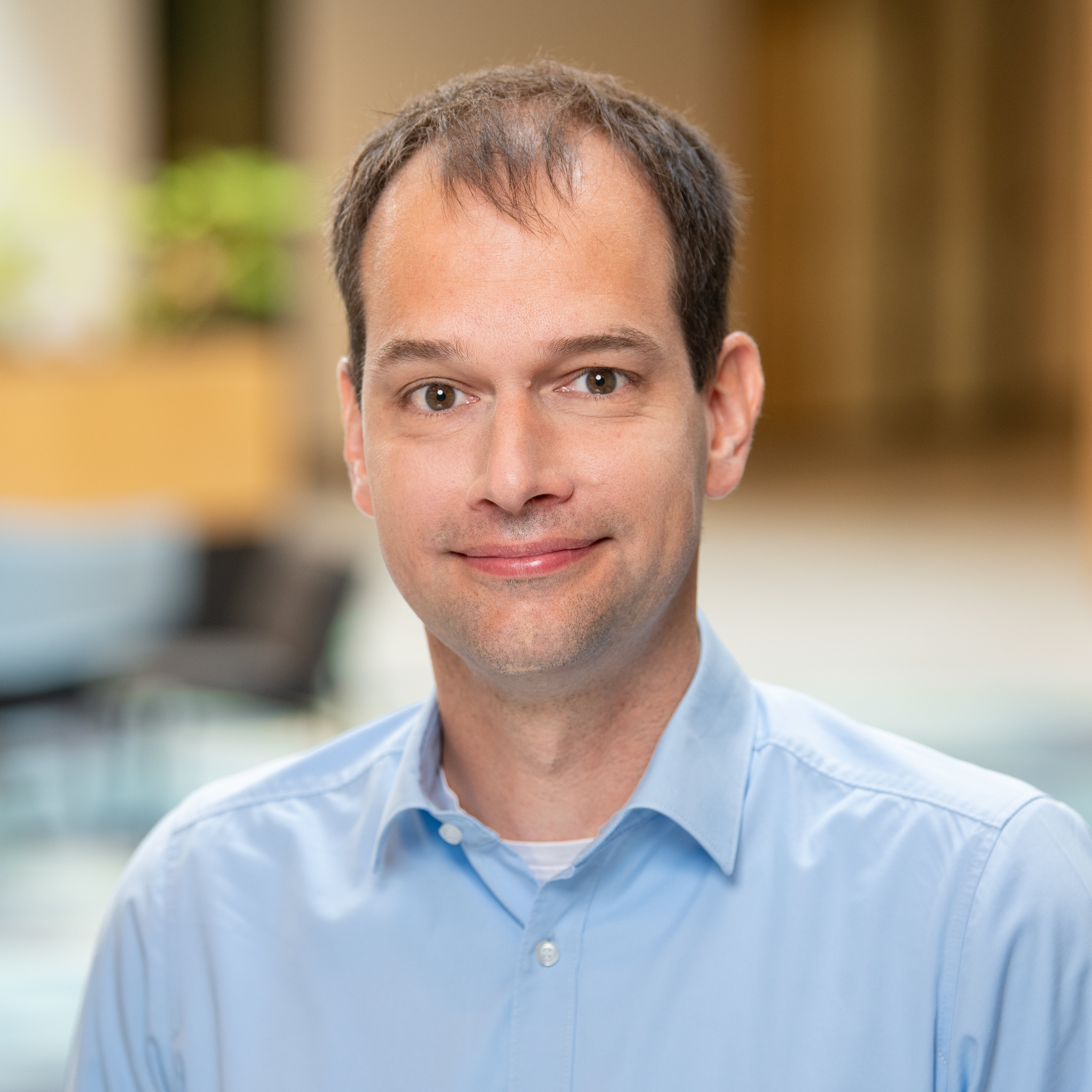Dr. Thijs de Groot | Eindhoven University of Technology
Increasing performance, flexibility and durability of Alkaline Water Electrolysis
Alkaline water electrolysis (AWE) is well-positioned to remain the leading water electrolysis technology for at least the coming decade (but probably longer), due to its relatively maturity and the fact that it does not depend on scarce noble and rare earth metals for its scale up. Yet, the technology is not perfect. It is still operated at low current density resulting in bulky electrolyzers and it also struggles with variable renewable electricity supply.
Addressing these challenges can significantly enhance the competitiveness of AWE and hence reduce the costs of green hydrogen. A significant increase in current density seems possible by reducing ohmic resistance through the use of thinner separators and minimization of contact resistances. Also, additives to the electrolyte can turn simple nickel electrodes into super-anodes.
The flexibility challenge is two-fold: the minimal load of the electrolyzer is determined by the amount of hydrogen in oxygen and can be as high as 50% for present-day pressurized electrolyzers. A smart cell design with a small gap between membrane and cathode can significantly lower this minimal load. Possibly the biggest remaining challenge are the reverse currents that start to flow when an electrolyzer is shut down and can dramatically enhance electrode degradation.
Biography
Dr. Thijs de Groot is an associate professor in the field of electrochemical engineering at Eindhoven University of Technology. Prior to this role he has worked for 15 years in innovation roles for companies active in the chlor-alkali and water electrolysis industry. In his research he focuses on improved cell and stack design for alkaline and anion-exchange membrane electrolysis, but also looks beyond the stack to the complete electrochemical plant.
